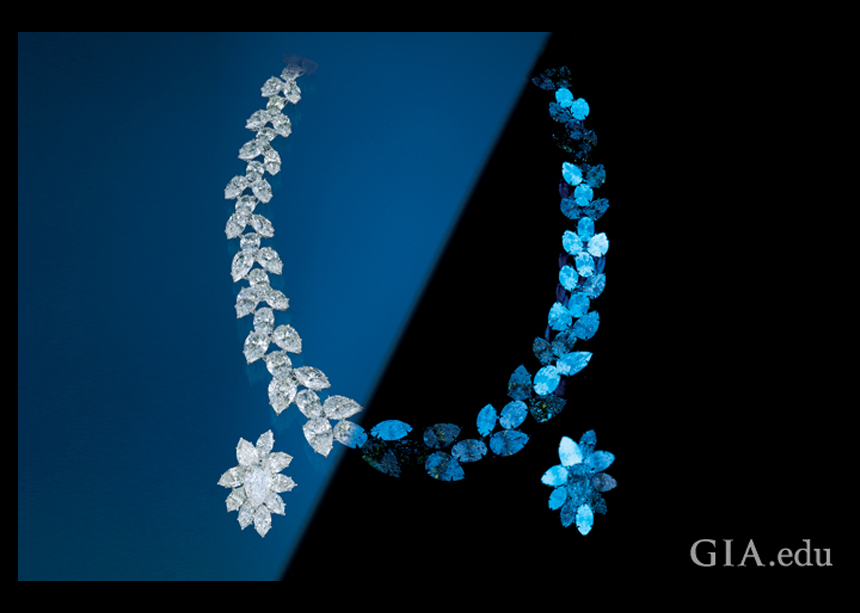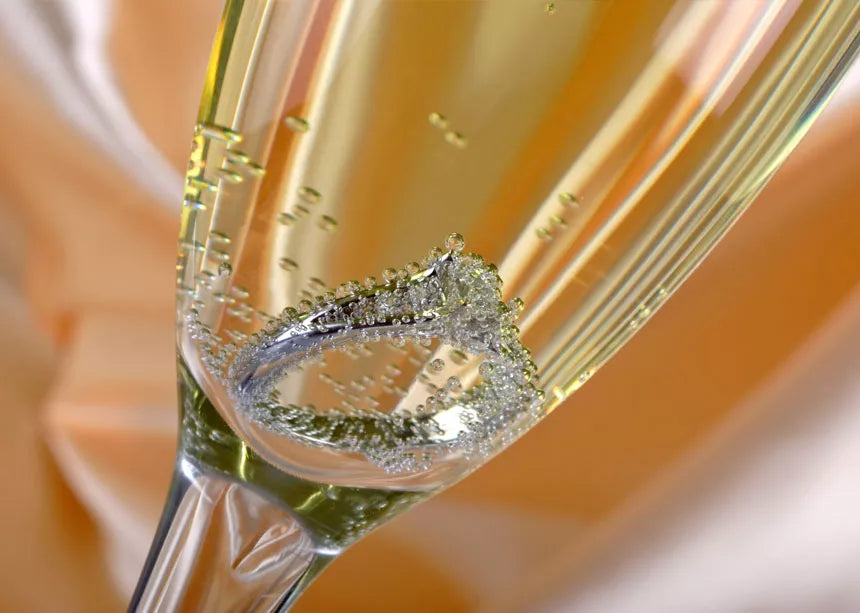What Does GIA Diamond Certification Mean?
GIA stands for The Gemological Institute of America. Established in 1931, GIA is the world’s foremost authority on diamonds, colored stones, and pearls. A public benefit, nonprofit institute, GIA is the leading source of knowledge, standards, and education in gems and jewelry. In the 1940s, GIA established the “4Cs” and the International Diamond Grading System™ – to this day, the worldwide standard for evaluating diamond quality. The GIA administers gemstone grading reports (GIA Diamond Certification) for diamonds that they grade. Each diamond comes with the report and is available through the diamond broker, like Green Hills Diamond Brokers, or diamond seller.
At Green Hills Diamond Brokers in Nashville, we sell diamond engagement rings with Gemological Institute of America (GIA) certified diamonds; color, clarity, cut, and carat weight. Because GIA is a grading laboratory that was formed for the benefit of the consumer, they do not buy, sell, or trade diamonds. When evaluating diamonds, they use the best technology and instruments. The GIA grading system is recognized worldwide to help industry professionals determine value.
A GIA Diamond Grading Report shows the four C’s:
Color: GIA’s color-grading scale for diamonds is the industry standard. The scale begins with the letter D, representing colorless, and continues the increasing of color to the letter Z, or light yellow or brown. Each letter grade has a clearly defined range of color appearance. Diamonds are color-graded by comparing them to stones of known color under controlled lighting and precise viewing conditions. The more colorless a diamond is, the more rare it is, therefore the more expensive it is.
Diamonds are valued by how closely they are to colorlessness – the less color, the higher their value. Most diamonds found in jewelry stores run from colorless to near-colorless, with slight hints of yellow or brown.
Clarity: Because diamonds formed deep within the earth, under extreme heat and pressure, they often contain unique birthmarks, either internal (inclusions) or external (blemishes). Diamond clarity refers to the absence of these inclusions and blemishes. Diamonds without these birthmarks are rare, and rarity affects a diamond’s value. Using the GIA International Diamond Grading System™, diamonds are assigned a clarity grade that ranges from flawless (FL) to diamonds with obvious inclusions (I3).
Every diamond is unique. None is absolutely perfect under 10× magnification, though some come close. Known as flawless diamonds, these are exceptionally rare. Most jewelers have never even seen one. The GIA Clarity Scale contains 11 grades, with most diamonds falling into the VS (very slightly included) or SI (slightly included) categories. In determining a clarity grade, the GIA system considers the size, nature, position, color or relief, and quantity of clarity characteristics visible under 10× magnification.
- Flawless (FL) - No inclusions or blemishes are visible to a skilled grader using 10× magnification
- Internally Flawless (IF) - No inclusions and only blemishes are visible to a skilled grader using 10× magnification
- Very, Very Slightly Included (VVS1 and VVS2) - Inclusions are difficult for a skilled grader to see under 10× magnification
- Very Slightly Included (VS1 and VS2) - Inclusions are minor and range from difficult to somewhat easy for a skilled grader to see under 10x magnification
- Slightly Included (SI1 and SI2) - Inclusions are noticeable to a skilled grader under 10x magnification
- Included (I1, I2, and I3) - Inclusions are obvious under 10× magnification and may affect transparency and brilliance
Cut: Cut quality is the factor that helps create a diamond’s fire, sparkle, and brilliance. The beauty of a particular diamond depends more on cut quality than anything else. The GIA Diamond Cut Grading System for standard round brilliants in the D-to-Z color range is based on the assessment of seven components.
- The first three, brightness (the total light reflected from a diamond), fire (the dispersion of light into the colors of the spectrum), and scintillation (the pattern of light and dark areas and the flashes of light, or sparkle, when a diamond is moved), are appearance-based aspects.
- The remaining four, weight ratio, durability, polish, and symmetry — are related to a diamond's design and craftsmanship. In GIA’s system, each component is assessed individually, taking into account the relative importance of that component in the overall cut quality of the diamond.
Each cut grade, based on a relative scale from Excellent to Poor, represents a range of proportion sets and face-up appearances. There are many different proportion sets that produce attractive diamonds.
Carat Weight: Diamonds and other gemstones are weighed in metric carats: one carat is equal to 0.2 grams, about the same weight as a paperclip. (Don’t confuse carat with karat, as in “18K gold,” which refers to gold purity.)
Just as a dollar is divided into 100 pennies, a carat is divided into 100 points. For example, a 50-point diamond weighs 0.50 carats. But two diamonds of equal weight can have very different values depending on the other members of the Four C’s: clarity, color, and cut. The majority of diamonds used in fine jewelry weigh one carat or less.
Because even a fraction of a carat can make a considerable difference in cost, precision is crucial. In the diamond industry, weight is often measured to the hundred-thousandths of a carat and rounded to a hundredth of a carat. Diamond weights greater than one carat are expressed in carats and decimals. (For instance, a 1.08 ct. stone would be described as “one point oh eight carats,” or “one oh eight.”)







